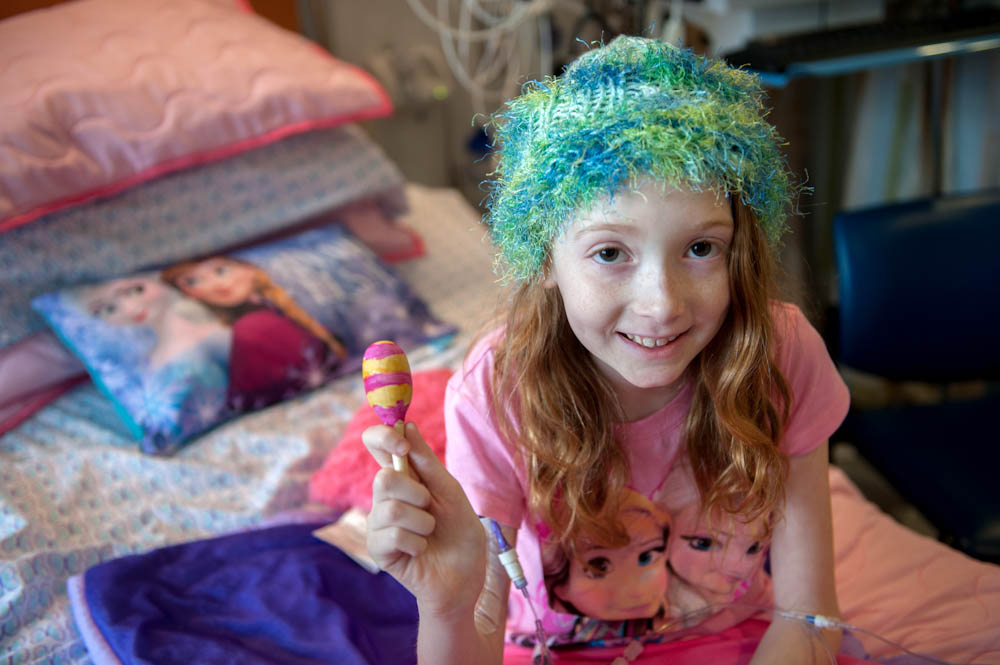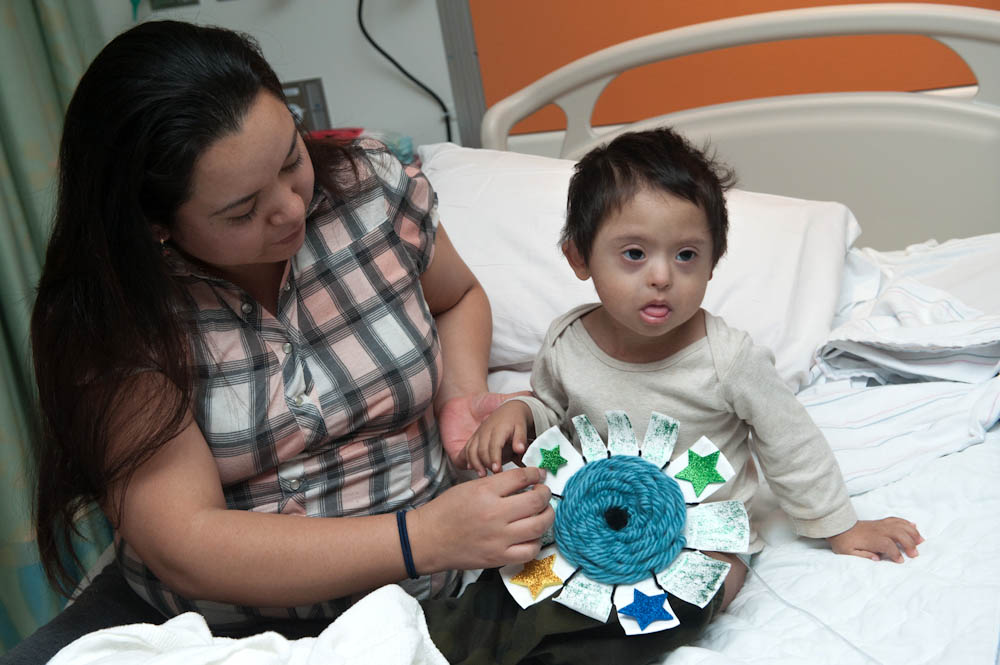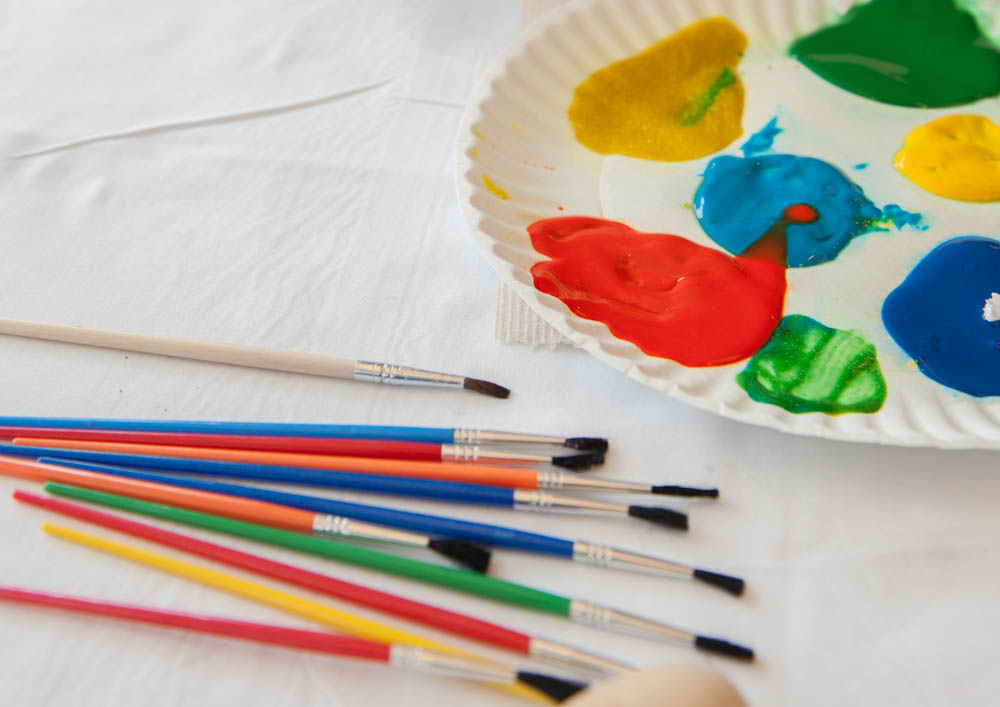Although childhood cancer is relatively rare in the United States, around 200,000 children and adolescents are diagnosed with cancer worldwide each year. Of those cases, approximately 80 percent occur in low- and middle-income countries, which average a 20 percent survival rate. The remaining 20 percent of diagnoses are in high-income countries, which average an 80 percent survival rate.
In anticipation of International Childhood Cancer Day on February 15, patients at Dana-Farber/Boston Children’s Cancer and Blood Disorders Center recently participated in craft activities that represented some of the 21 countries where the Dana-Farber/Boston Children’s Global Health Initiative (GHI) works to improve outcomes for children with cancer and blood disorders. GHI’s efforts span the globe, with partnerships in Africa, Asia, the Middle East, South America, the Caucasus Region, Central America and the Caribbean.




